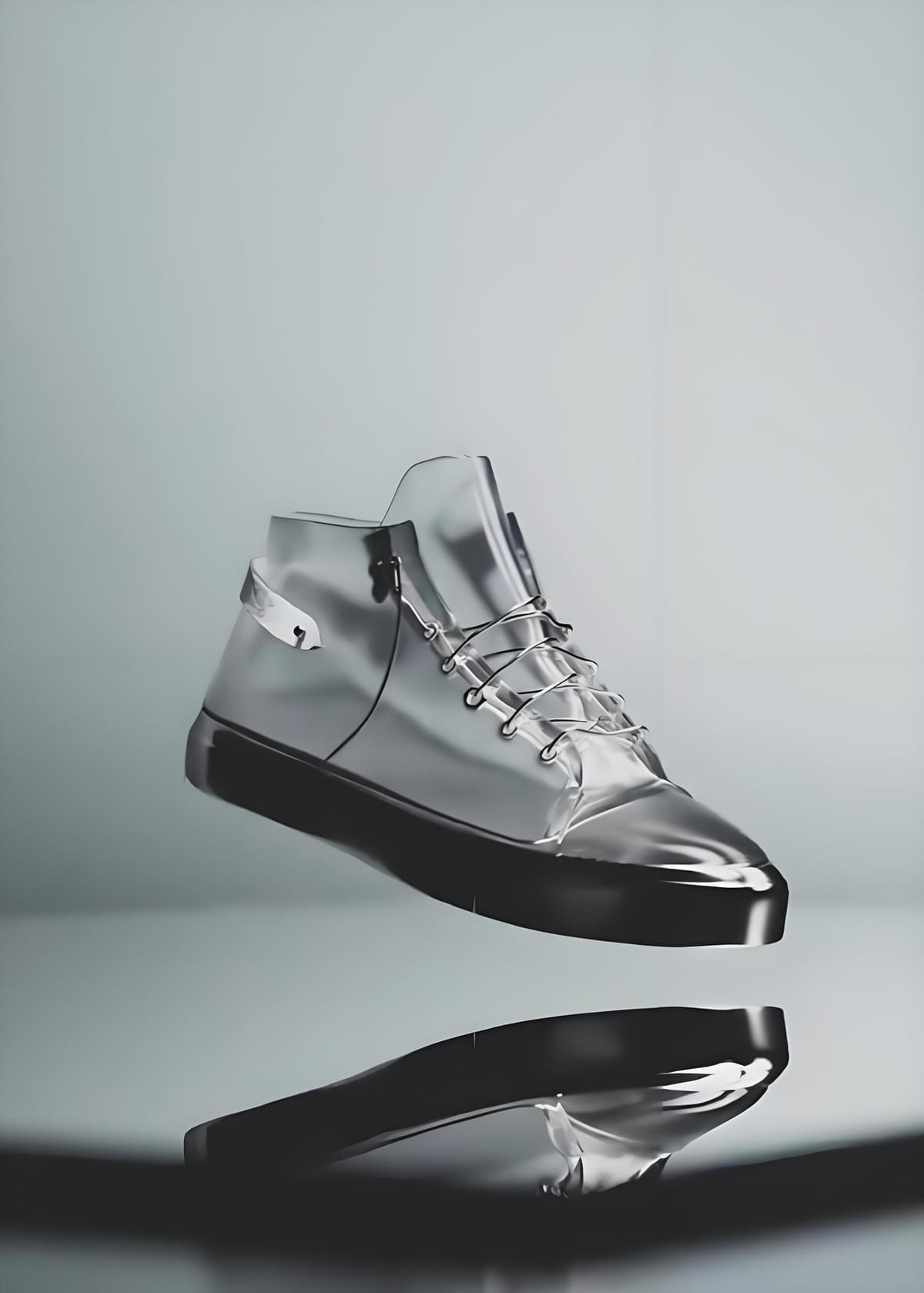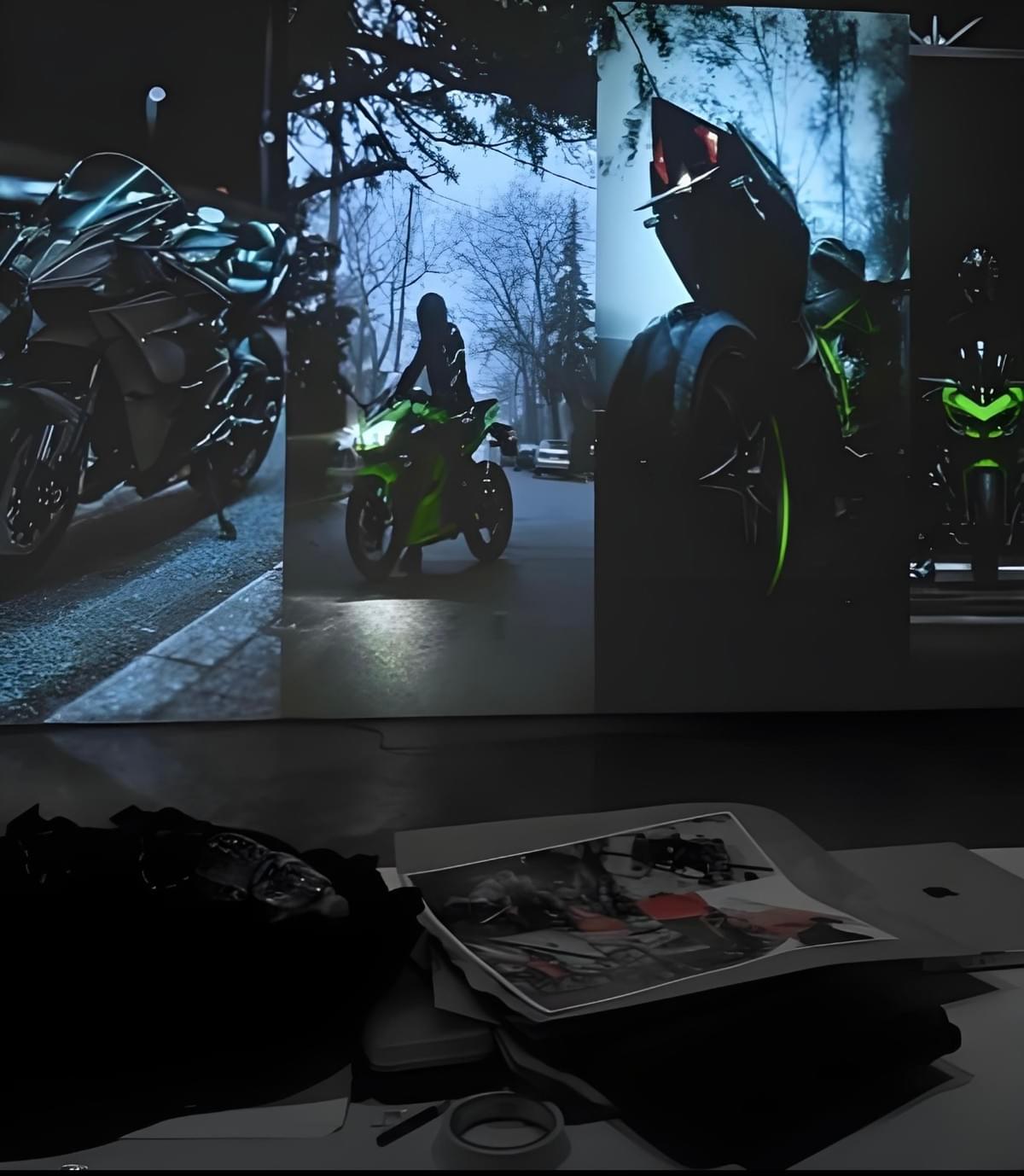



- COMMERCIAL EVENT PLANNING
- BRAND PROMOTION
- …
- COMMERCIAL EVENT PLANNING
- BRAND PROMOTION



- COMMERCIAL EVENT PLANNING
- BRAND PROMOTION
- …
- COMMERCIAL EVENT PLANNING
- BRAND PROMOTION

CGI
In an era where 89% of consumers prioritize visual experience over text, our CGI services transform concepts into photorealistic narratives. From product prototyping to virtual influencers, we empower brands to command attention in saturated markets through cutting-edge digital artistry.

In a world where 62% of Gen Z prefers digital experiences over physical (WSJ), CGI isn’t just a tool – it’s the language of modern persuasion. From hyper-realistic product storytelling to sustainable world-building, CGI transforms marketing from interruption to immersion.
1. Product Visualization & Virtual Prototyping
"Pre-Launch Hype Engineering"
- 3D Configurators: Interactive models allowing 360° customization (colors, materials, finishes).
- Virtual Test Drives: CGI automotive experiences with real-time environment rendering.
- Phantom Product Launches: Generate buzz for unreleased tech with "leaked" CGI concepts.
2. Advertising & Campaign CGI
"Impossible Made Possible"
- Meta-Humans: AI-driven digital influencers for 24/7 brand ambassadorship.
- Surreal Environments: Floating islands for watches, nebula backdrops for fragrances.
- Destruction Physics: Dramatize product durability through CGI stress tests.
3. Architectural & Industrial CGI
"Blueprint to Hyper-Reality"
- Pre-Construction Visualization: Walkthroughs of unbuilt skyscrapers/factories.
- Mechanical Animation: Exploded views of engines with interactive part labeling.
- Sustainability Simulations: CGI wind tunnel tests for eco-design validation.
Localization Visual
Localization visual services refer to the adaptation and optimization of a brand's visual elements (such as logos, colors, and typography) according to the cultural, linguistic, and aesthetic preferences of the target market. This aims to enhance the brand's local adaptability and resonate with consumers. This process not only involves visual design but also includes content translation, cultural background analysis, and technical support, helping brands achieve a balance between consistency and localization in the global market.
VISUAL FOR KAWASAKI

Core Service Content
A. Localization of Brand Visual Design
Adjustment of Logos and Visual Elements: Adjust brand logos, colors, and typography based on the cultural customs of the target market to align with local aesthetics. For example, red symbolizes festivity in China but may be perceived as a warning in some Western cultures.
Packaging Design Optimization: Optimize product packaging according to the usage habits and preferences of local consumers, such as adjusting sizes, materials, or pattern designs.
B. Content Translation and Localization
Language Translation: Translate brand information, advertising copy, and product descriptions into the target language, ensuring natural and authentic language expression.
Cultural Adaptation: Adjust the way content is expressed based on the cultural background of the target market to avoid cultural conflicts or misunderstandings.
Tortoise Shell Pattern: Can be designed as subtle geometri
Wave Pattern: Can be simplified into smooth lines or patterns, conveying the concept of "medicine and food sharing the same origin."
Avoid using representational elements that may cause cultural misunderstandings or stereotypes, but rather give traditional elements new life through abstraction and modern design techniques.
C. Visual Optimization of Digital Platforms
Website and Social Media Localization: Optimize website interface design to align with the browsing habits of local users, such as adjusting layouts, fonts, and colors.
Mobile Optimization: Optimize visual design according to the mobile device usage habits of the target market to enhance the user experience.
D. Advertising and Marketing Visual Design
Localization of Advertising Creatives: Design advertising visual content that incorporates local cultural elements and aligns with the aesthetic preferences of the target market.
Festival Marketing Campaigns: For example, during the Spring Festival, luxury brands may launch limited-edition packaging and advertising designs with Chinese cultural characteristics to attract local consumers.
E. 3D Visual Technology Application
3D Diffusion Strategy: Utilize 3D visual technology to enhance the immersion and appeal of brand visual displays, such as virtual product displays and interactive experiences.
Visual localization requires a grasp of three important dimensions of the target market: culture, aesthetic trends, and consumer psychology, and skillfully integrating them into brand visual design.
Minimalism and Implicit Narration
Minimalist Aesthetics
Color Palette:
Primary Visual: Adopt a low-saturation Morandi color scheme, such as haze blue and earthen brown, which aligns with the aesthetic trends of North American middle-class "Clean Beauty." These colors convey a sense of nature, calmness, and high quality.
Accent Colors: While maintaining the overall low-saturation tone, strategically use small amounts of high-saturation accent colors (e.g., fluorescent green, black and orange contrast) to attract the attention of younger consumers, enhance visual impact, and embody the keywords "Speed & Power" and "Youth-Centric Color Palettes."
Design Elements:
Subtractive Design: Eschew excessive decoration and adopt simple lines, white space, and clear typography to highlight core product information and brand identity. This design style not only aligns with current market aesthetics but also improves commercial efficiency, allowing consumers to quickly obtain information.
Implicit Narration: Skillfully integrate brand stories, product concepts, and cultural connotations into visual elements through design techniques, such as using texture, pattern, and material changes to convey brand characteristics. For example, the Guijiawen (tortoise shell pattern) can be designed as subtle geometric patterns, metaphorizing longevity and health. The Wave纹 (wave pattern) can be simplified into smooth lines or patterns, conveying mild characteristics.
Cultural Symbol Adaptation and Innovation:
Modern Interpretation of Eastern Elements: Abstract and geometricize Eastern cultural elements to transform them into visual symbols that conform to modern aesthetics.
Tortoise Shell Pattern: Can be designed as subtle geometric patterns, metaphorizing longevity and health.
Wave Pattern: Can be simplified into smooth lines or patterns, conveying the concept of "medicine and food sharing the same origin."
Avoid using representational elements that may cause cultural misunderstandings or stereotypes, but rather give traditional elements new life through abstraction and modern design techniques.
Visualizing Values
1. Speed & Power:
Convey the product's rapid effectiveness and powerful efficacy through dynamic lines, diagonal compositions, and impactful imagery.
Use high-contrast color combinations (e.g., black and orange) to enhance visual impact and convey a sense of power.
2. Rugged Aesthetics:
Employ rough textures, bold typography, and irregular shapes to create a visual sense of toughness, durability, and reliability.
Consider using textured materials for packaging, such as matte or distressed finishes, to further emphasize the rugged aesthetic.
3. Action-Oriented Branding:
Emphasize action and results in visual design, such as using dynamic imagery or icons to guide consumers to take action (e.g., purchase, use).
Use action-oriented language in copy to encourage consumers to experience the product's efficacy.
4. Youth-Centric Color Palettes:
In addition to the aforementioned accent color usage, consider using more youthful color palettes in specific marketing campaigns to attract the attention of younger consumers.
For example, launch limited-edition packaging using bright colors like fluorescent green or electric blue to create a trendy feel.
Labeling and Compliance
Local Compliance Labels: Clearly label packaging with required compliance labels for the North American market, such as USDA Organic, to enhance consumer trust in the product.
Specific Certifications: Highlight specific certifications that cater to the needs of the target audience, such as:
"Kosher & Halal Certified" (for consumers with specific dietary requirements).
"No Cholesterol, Zero Trans Fats" (to cater to the trend of healthy eating).
"Larger Sizes for Costco-Savvy Families" (to cater to the consumption habits of Costco-savvy families, offering larger package sizes to meet the needs of family users).
This comprehensive approach to visual localization will help brands effectively connect with the North American market, particularly in the "Clean Beauty" sector, by creating visually appealing, culturally relevant, and compliant designs.
copyright ®
Le Nuage PR





